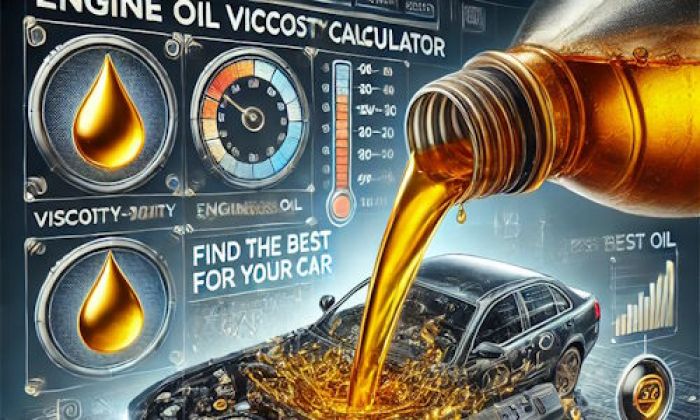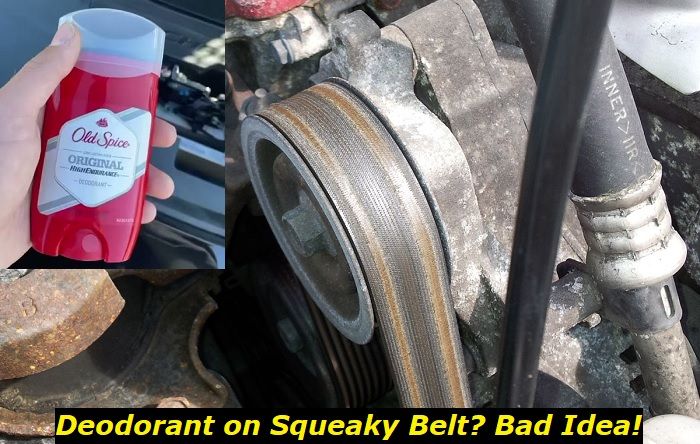The 5.7 Hemi is a long-running pushrod engine that's been on the market since 2003. Commonly known as the 345 Hemi, thanks to its displacement of 345 cubic inches, the 5.7 Hemi is a very reliable powerhouse. Although it has gone through some updates to enhance performance and efficiency, the engine pretty much remains the same today.
Key features and my opinion about the engine
- Production years:2009-now
- Average lifespan of 5.7 Hemi:220,000-250,000 miles
- Fuel supply type:port injection
- Power range:355-395 hp
- Fuel efficiency:bad
- Engine block material:cast iron
- Engine reliability score:high
- The most common problems:you will need thin oil, otherwise lifters will die, EGR problems, exhaust manifold problems, Hemi ticking noise issues.
.jpg)
What Are Lifters, And How Many Does The 5.7 Hemi Have?
Lifters are tiny cylinders in an engine that sit between a vehicle's camshaft and cylinder valves. The work of a lifter is to help maintain valve control. As the cam moves over the lifter, it actuates, opening the valve temporarily. And since the intake and exhaust valves open at different intervals, each has a separate lifter.
The 5.7 Hemi engine has 16 lifters - eight in front and eight in the rear. These lifters are mostly built of aluminum or iron. They are located in the lifter galley between the pushrod and the camshaft lobe. When the cam lobe moves, it pushes over the top of the lifter, pushing the pushrod down and temporarily opening the valve. When the cycle is complete, the lifter returns to its place in readiness for the next cycle.
Without the lifters, the engine wouldn't work. If the valves do not open, fuel and air won't go into the combustion chamber. Lifters are built differently, depending on the vehicle they're used in. For instance, lifters activate rocker arms in a pushrod engine instead of pressing on the valves directly.
The different types of lifters include mechanical, hydraulic, and roller lifters. Hydraulic lifters use pressure oil to push the valves open, while mechanical and roller lifters use wheels or spinning gears to open the valves.
What Are The Signs Of A Faulty Lifter?
If your 5.7 Hemi engine has one or more faulty lifters, you will most likely hear knocking or ticking sounds from the engine. You will also experience reduced fuel efficiency, rough idle, loss of power during acceleration, and hissing sound from the engine. The most pronounced sign of faulty lifters is the ticking noise from the engine, which is caused by the valves' inability to open and close properly. This problem causes loss of compression.
When there's decreased compression, your 5.7 Hemi will begin to misfire and lose power when you press the gas pedal to accelerate. If the valves fail to open and close properly, the engine will strain to meet its performance standards. This dramatically affects the fuel economy of your vehicle.
Another hard-to-ignore sign of a lousy lifter is when the "check engine" warning light pops up. The computer system in your vehicle is designed to detect whenever there's a problem with your engine. If the valves aren't opening and closing correctly, the computer will throw in the engine light to alert you.
In the 5.7 Hemi, the vehicle's computer system will throw in the (P0300) engine misfire code. The code runs from P0300 to P0308, where P0300 represents multiple cylinder misfires, while P0301 to P0308 means misfires in cylinder one to cylinder eight.
When one of these codes shows up, it is no doubt that there is a problem with your lifters. Replacing the faulty lifter will get rid of the problem. If you see any of these codes, the next course of action should be to visit a mechanic to replace the bad lifter(s).
How Do You Isolate A Bad Lifter?
When you have a bad lifter in your 5.7 Hemi, the system will throw in a code to tell you its location - cylinder number. The best way to isolate the faulty lifters is to run a comprehensive diagnostic scan. If you are visiting a service center with professionals, have the mechanic run the scan to isolate the lifters that require replacements. Once they identify where the misfire is coming from, knowing which lifter to replace will be easy.
If you are the type of driver that likes to fix things with your own hands, you must use professional-grade engine flush and cleaners. Professional-grade cleaning products will perfectly rid the 5.7 Hemi engine of all excess oil and notorious dirt, especially if the Hemi has racked up some mileage. High-mileage 5.7 Hemis are most likely to experience faulty lifters.
The best way to confirm that your 5.7 Hemi has bad lifters is when it has engine misfires, especially when you ignite. If your lifters have no issue of concern, the misfire will go away after driving for some time. If it stays, you could be having faulty lifters.
Misfire codes will tell you there is a problem in your vehicle. However, besides these codes, if your 5.7 Hemi has bad lifters, you will notice other symptoms, such as the ticking sound from the engine.
Replacing Bad Lifters On 5.7 Hemi - How Much Does It Cost?
The best and maybe only way to fix a bad lifter is to replace it. There are two ways to do this. You can either have a mechanic do the entire job or personally replace the lifters.
Assuming that you are replacing all 16 lifters in your 5.7 Hemi, you will spend between $1,300 and $1,800. If you do it yourself, the price is between $600 and $1,000. You will need tools like box-end wrenches, an adjustable wrench, and a socket ratchet. If your 5.7 Hemi has racked up some mileage, you will require professional-grade engine flush and cleaners to properly scrap old oil and sticky dirt.
This is a labor-intensive project which will take you approximately six to ten hours to complete. More time if it is a high-mileage engine.
The price a mechanic charges you may vary depending on your state of residence and the condition of your engine. A mechanic's overall experience with the 5.7 Hemi engine also determines how much they charge.
Even if you are not comfortable doing the job and are willing to employ a mechanic, having a little information about your engine is critical. Some mechanics will give you price estimates without checking the engine to determine how bad the situation is, which is an error because one or two bad lifters wouldn't cost the same as replacing all the 16.
Also, before you settle for a price, call around to get different offers. Some auto part shops will offer you better deals if they carry all the products you need from their shop.
What If I Don't Replace The Lifters?
Driving with faulty lifters is dangerous. It will cause your engine to ride rough and keep misfiring. The engine knocking sound may also increase while on the road, which can cause severe damage to the piston heads if you keep pushing it. The parts that come into conduct with the lifters are far too many. And all depend on the lifters to operate smoothly. If these components collide constantly, there will be a lot of friction, which as a result, will wear out the lifters and other engine components a lot faster.
If you don't replace the lifters, you will put other engine parts such as the camshaft, valves, and crankshaft in danger of damage. If you drive too long with damaged lifters, you might replace the camshaft caps. Replacing the lifters is much cheaper than the repair cost of the things bad lifters can damage.
How Long Can You Drive With Faulty Lifters?
While you shouldn't drive with bad lifters, expect to run around 50 to 100 miles before noticeable issues appear. If you push your 5.7 Hemi beyond 100 miles with bad lifters, it can cause irreversible problems to the engine.
The approximate price for replacing your 5.7 Hemi is between $4,000 and $6,000 if you do the replacement yourself. If a mechanic is involved, the cost skips to around $5,800 to $13,000. The price depends on the mechanic and the condition of the engine you buy - brand new or remanufactured.
Can You Prevent Lifters From Going Bad?
Yes. You can.
Although these components will eventually wear out and require replacement, there are a few things you can do to prevent your 5.7 Hemi lifter failure.
- The first step to giving your lifters a long life is by performing regular oil changes. This ensures no debris or sludge is left to build up and cause problems later.
- Use the recommended oil. Every engine has its recommended oil. Ensure you follow the manufacturer's guide when feeding your 5.7 Hemi engine new oil. Using the wrong oil is dangerous to the lifters and could also cause other components to fail.
- Avoid additives. Avoid too many additives to your engine. Nobody will tell you this, but things like engine flush and fuel injectors added to the oil do more harm than good. If you have to use additives in your 5.7 Hemi, follow the manufacturer's manual carefully.
- Check the oil level regularly. Overfilling the oil will cause damage to the lifters.
About the authors
The CarAraC research team is composed of seasoned auto mechanics and automotive industry professionals, including individuals with advanced degrees and certifications in their field. Our team members boast prestigious credentials, reflecting their extensive knowledge and skills. These qualifications include: IMI: Institute of the Motor Industry, ASE-Certified Master Automobile Technicians; Coventry University, Graduate of MA in Automotive Journalism; Politecnico di Torino, Italy, MS Automotive Engineering; Ss. Cyril and Methodius University in Skopje, Mechanical University in Skopje; TOC Automotive College; DHA Suffa University, Department of Mechanical Engineering






Add comment